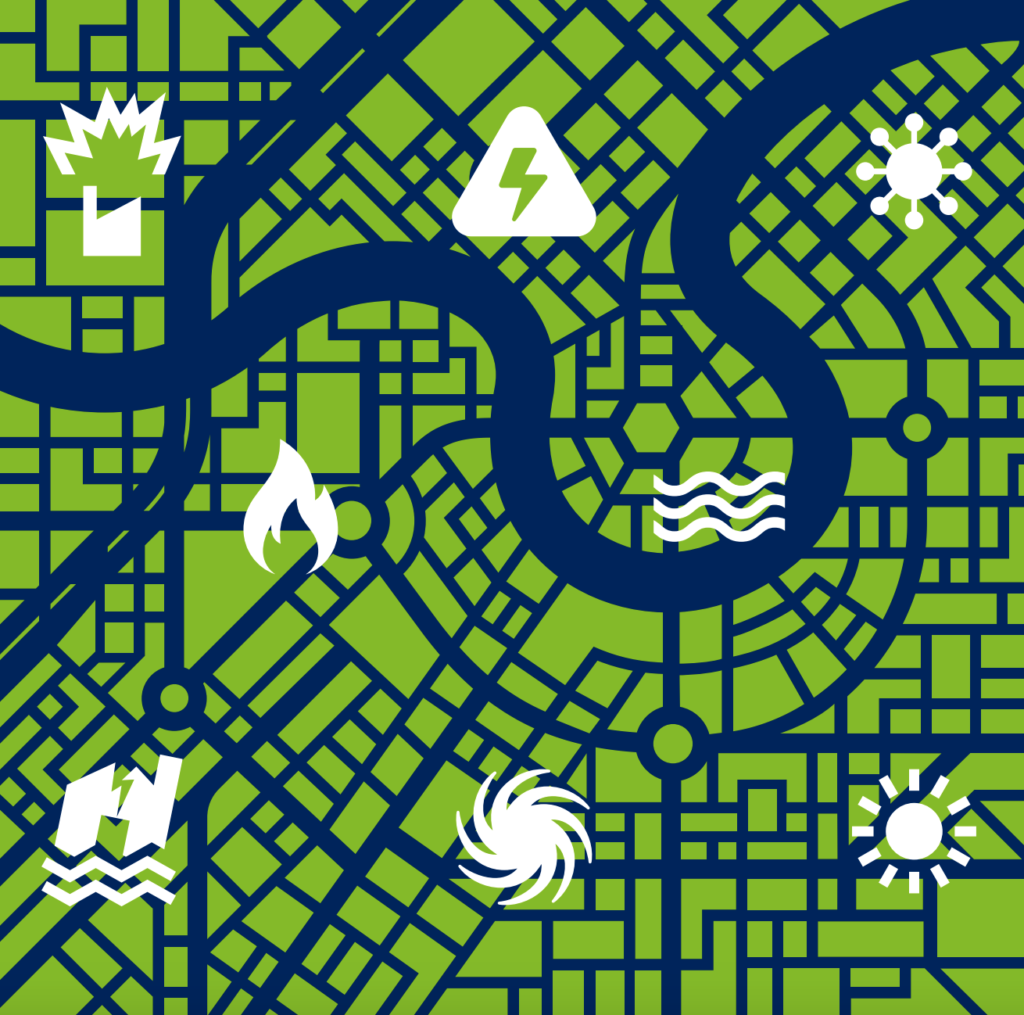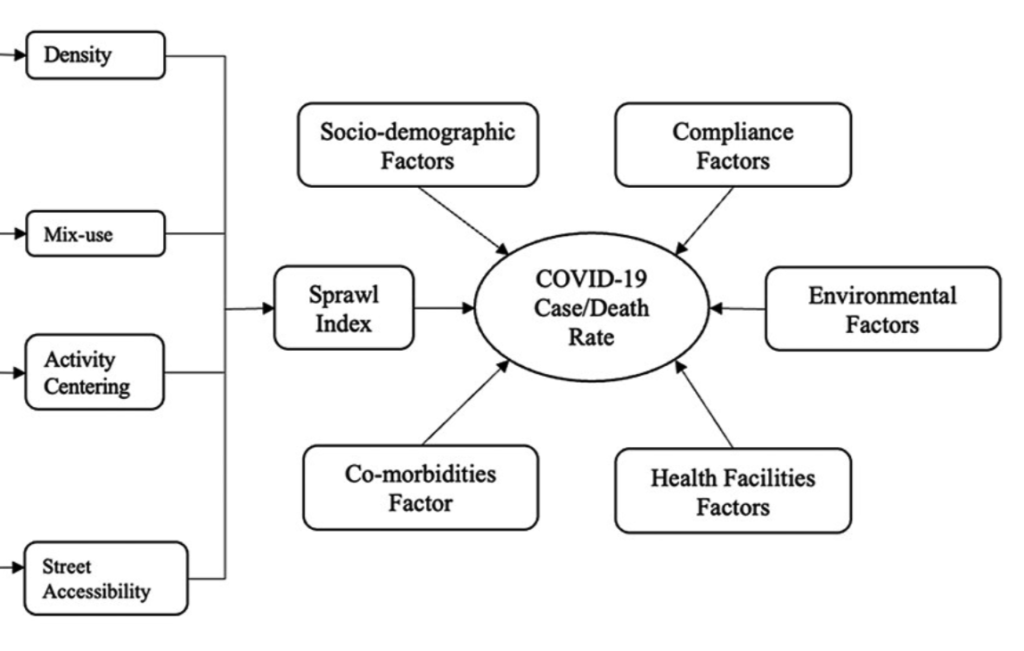City Know-hows

The concept of 20-minute neighbourhoods promotes more local grocery shopping. While the concept holds the potential to foster active travel, car use remains the prevailing mode of transport when shopping for food.
Share
Target audience
Urban designers and planners, transportation planners, public health officials and policy makers
The problem
Many cities globally (e.g. Portland, Melbourne, Glasgow) have adopted new urban planning policies such as the “20-minute neighbourhood”, with the aim of promoting better lifestyles through improved service provision close to home. While numerous benefits related to local, active and healthy living have been projected, evidence to underpin those claims is generally lacking.
What we did and why
We conducted an online survey amongst residents of 20-minute neighbourhoods and non-20-minute neighbourhoods in Melbourne and Adelaide, Australia. 20-minute neighbourhoods were high-service provision areas with access to healthy food, community facilities (e.g. schools), recreation facilities (e.g. gyms), public open spaces and public transport. Non-20-minute neighbourhoods had limited-service provision. We examined whether neighbourhood design impacts where people grocery shop, how often they visit grocery stores, and the transport mode they use to access grocery stores.
Our study’s contribution
We found that:
• residents of 20-minute neighbourhoods travelled shorter distances to visit food stores than those of non-20-minute neighbourhoods;
• residents of 20-minute neighbourhoods more frequently visited an additional fruit and vegetable outlet than those of non-20-minute neighbourhoods;
• although travelling by car was the most dominant mode of transport to access food stores across both neighbourhood types, walking to food stores was more common amongst residents of 20-minute neighbourhoods than non-20-minute neighbourhoods.
Impacts for city policy and practice
Creating 20-minute neighbourhoods may be a means to promote local living, including more local grocery shopping. To encourage active travel for food shopping, neighbourhoods should also have a safe network of walking and cycling lanes connecting residents to local stores. These urban planning efforts should be paralleled by the promotion of behaviours facilitating a convenient use of active transport for grocery shopping (e.g. the use of shopping trolleys and cargo bikes).
Further information
Full research article:
Exploring food shopping behaviours in 20-minute neighbourhoods: a cross-sectional analysis of ProjectPLAN by Laura H. Oostenbach, Alissa J. Burnett, Karen E. Lamb and Lukar E. Thornton
Related posts

As emerging challenges have made urban areas increasingly vulnerable, jeopardizing the health and well-being of their inhabitants, resilience should be seen as a pathway for healthy cities and integrated into urban planning practices. This study shows if and how existing indicator frameworks can identify urban systemic vulnerabilities and priorities for resilience building to provide local authorities with evidence crucial in planning for healthy and resilient cities.

Compactness level urban areas have different health related outcomes during COVID-19.

To create healthy urban places and spaces, public acceptance is key to success.